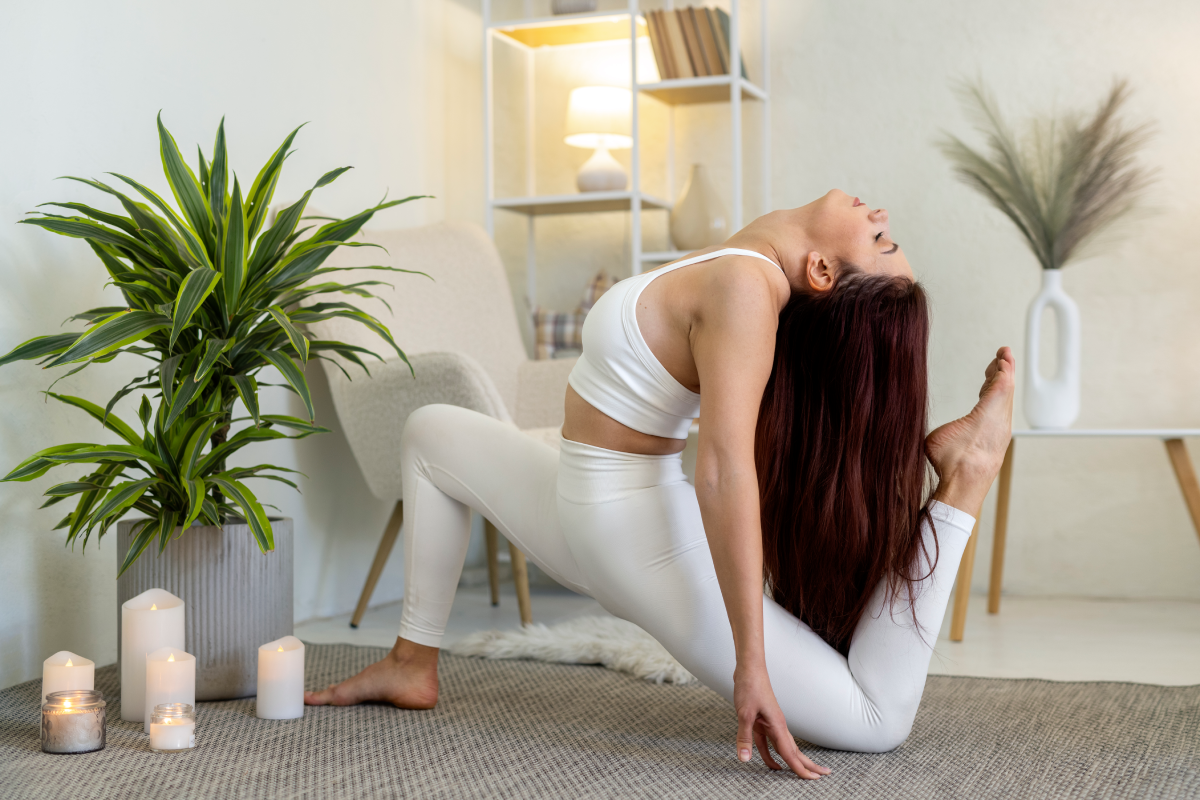















The word Atma means ‘self’, and the word Ananda means ‘bliss’. No one has the power to give you bliss. Only you can elevate yourself to total self bliss.
With the desire to help his students further maintain a safe and consistent practice, Jhon T. became inspired to design the revolutionary Atmananda Yoga Mat ™, with mathematically placed lines that keep the body in correct alignment, transforming how yogis around the world achieve their perfect pose.
The Atmananda Yoga Sequence is recognized worldwide and has been taught internationally from Japan, Dubai, China, Germany, Sweden, Colombia, and the United States, graduating over 2,000 students. Jhon T., with his enigmatic presence and dynamic teaching style, offers a once in a lifetime experience for each individual to awaken towards their inner truth.

Meditation (dhyana) is a part of total yoga practice. Yoga is composed of eight basic principles.
Not necessarily. Each principle has the potential to lead a person toward harmony in self and society. Rules for living in society and self-restraining rules help in regulating the functioning of the human being, giving balance in life. Low physical impact postures (asana) and relaxation help in removing the stress in the mind and strain in the body, thereby augmenting balance within and with environment. Breathing techniques help in improving oxygen flow and giving balance in life. Detachment of the mind from the senses, concentration, meditation, and complete union with a super consciousness are also called inner yoga and help in restoring balance of mind with surroundings. The ultimate purpose of yoga is balance that leads to self-realisation.
You can start yoga with any of the eight principles. Whatever suits your temperament and whatever instructor you have, begin from that aspect. Most popular forms of yoga start with low physical impact postures (asanas). If the asanas are practiced regularly, the body and the mind will become flexible. With patience and discipline, one will find new energy flowing through the body’s systems. Some systems of yoga such as Kundalini yoga start with meditation while others such as Kriya yoga start with breathing techniques.
Yes, but this is not recommended. Although the DVDs and book illustrations on yoga seem pretty obvious, it is strongly recommended to learn the asanas under the guidance of a teacher. The postures may cause serious damage to the body if performed incorrectly. One must be aware of one’s body’s signals in attempting the posture. If the posture is difficult, it should not be forced.
Yes. Yoga classes are generally safe. However, attend one or two trial sessions before making the decision. It is appropriate to ask the teacher how many years of teaching experience he or she has.